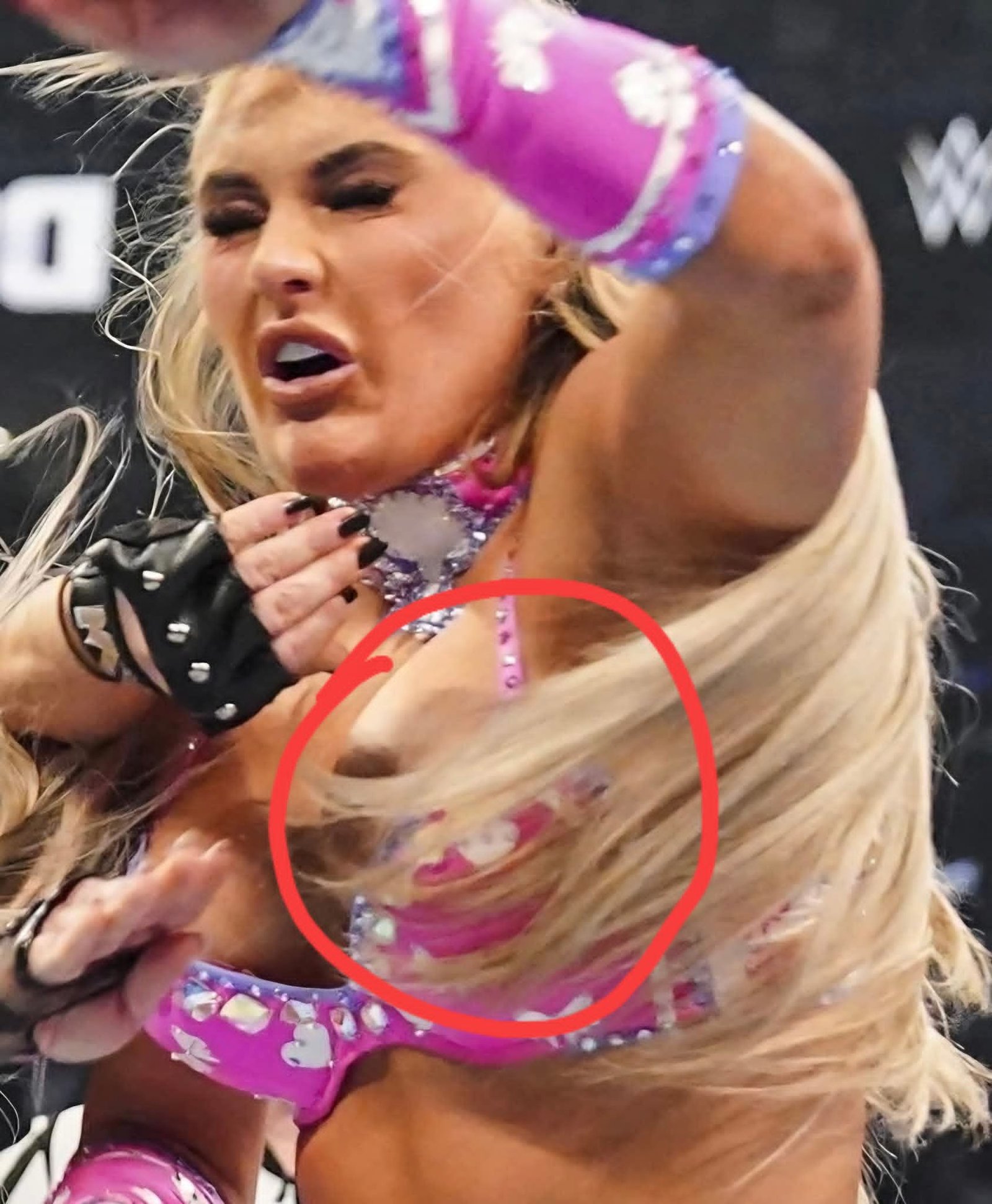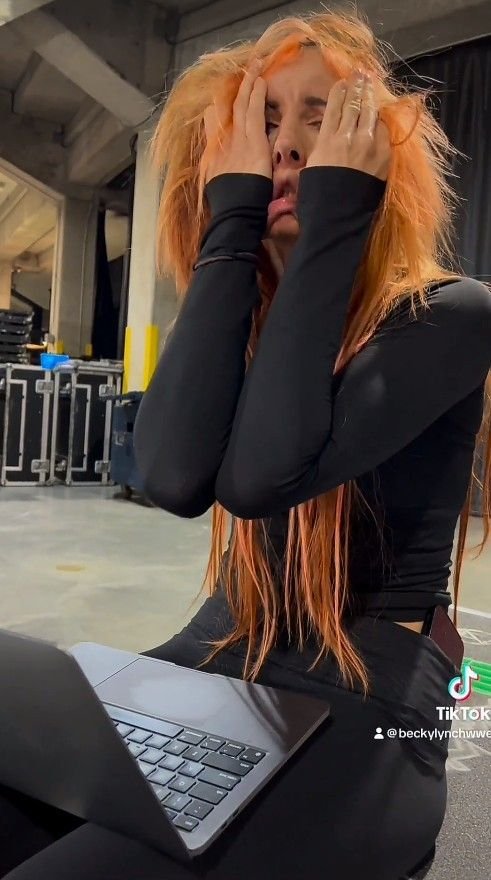
Tiffany Stratton’s ‘Unseen’ Viral Pic: A Social Media Mishap or a Calculated Power Play?
In the hyper-choreographed world of professional wrestling, where storylines are scripted and personas are meticulously crafted, the line between reality and kayfabe is often deliberately blurred. Few understand this better than Tiffany Stratton, WWE’s self-proclaimed “Buff Barbie Doll,” a character built on vanity, athleticism, and an unshakable belief in her own superiority. So, when a supposedly “unseen” and private picture of Stratton, deemed risqué by social media standards, began spreading like wildfire across platforms, it ignited a fierce debate among fans and analysts alike. Was this a genuine privacy-invading leak, a modern nightmare for any public figure? Or was it a brilliantly executed, albeit controversial, piece of strategic marketing, perfectly aligned with the release of her feature in the WWE’s Unseen documentary series? The answer, much like the industry itself, is layered in perception and narrative.
The Case for the “Smart Strategy”
To dismiss the viral moment as purely accidental would be to underestimate the sophisticated machinery of modern sports entertainment. WWE is a master of generating buzz, and in the digital age, buzz is currency. The timing of the leak is the first compelling piece of evidence for the strategy argument. It coincided almost perfectly with the promotion of WWE’s Unseen, a series designed to give fans a raw, unfiltered look behind the curtain of their favorite superstars’ lives. What could be more “unseen” than a private moment, seemingly captured off-guard?
For Tiffany Stratton’s character, this is narrative gold. Her entire persona is predicated on being the center of attention, flawless, and enviable. A viral photo that showcases her in a glamorous, yet private, light doesn’t damage her character; it enhances it. It fuels the very image she portrays: a woman so stunning that even her casual, unplanned moments are worthy of global attention. It generates headlines, gets people talking, and drives immense traffic to both her social media profiles and the official WWE content featuring her. In an economy driven by clicks and engagement, this kind of organic (or orchestrated) virality is a PR team’s dream.
Furthermore, it adds a new layer of intrigue to her character. The discussion around the photo shifts from mere gossip to a meta-commentary on fame and privacy. It allows her to play the victim on-screen if needed, garnering sympathy while simultaneously basking in the increased notoriety. It’s a classic wrestling trope: using real-world heat to enhance a storyline. The controversy itself becomes part of the show, blurring the lines so effectively that fans are left guessing, which in itself keeps engagement high.
The Case for the “Accident”
On the flip side, the invasion of privacy for public figures is a serious and distressing reality. To assume every viral moment is planned is to ignore the very real trauma that such leaks can cause. If this was a genuine leak, it represents a profound violation of Stratton’s personal boundaries. Every individual, regardless of their fame, has a right to a private life. The unauthorized sharing of personal images is not a marketing strategy; it’s a harmful act with significant emotional and psychological consequences.
The wrestling community has often rallied around stars who have faced such violations, emphasizing the importance of consent and respect. If this were an accident, the narrative surrounding it changes entirely. It becomes a story about the dark side of fame—the constant lack of privacy and the objectification that female performers, in particular, are often subjected to. It would be a moment that highlights the human being behind the “Buff Barbie” character, potentially garnering her genuine fan support and empathy in a way a scripted storyline never could. The outrage would be directed not at a villainous character, but at the faceless nature of internet toxicity.
The Blurred Line and The Bigger Picture
This incident is a microcosm of a much larger conversation in the digital era. For influencers, celebrities, and wrestlers, their persona is their product. Their life, or a carefully curated version of it, is the content. This creates an environment where the intentional leaking of material can be weaponized for gain, making it increasingly difficult to discern what is authentic from what is contrived.
Ultimately, whether accident or strategy, the outcome is the same: Tiffany Stratton is the talk of the town. Her name is trending, her follower count is likely soaring, and every eye is on her next move. If it was a strategy, it was a ruthless and effective one, proving that in the attention economy, any publicity can be leveraged. If it was an accident, it’s a sobering reminder of the price of fame.
The Verdict: A Worked Shoot?
In the parlance of professional wrestling, this incident has all the hallmarks of a “worked shoot”—a situation that appears real and spontaneous but is, in fact, part of the predetermined narrative. The alignment with the Unseen series, the perfect reinforcement of her character’s narcissistic traits, and the resulting media frenzy point towards a calculated power play.
WWE has a long history of co-opting real-life events into its storylines to create a more compelling product. It is highly plausible that a seemingly private moment was approved for release to generate exactly this kind of buzz. The company masterfully controls its narrative, and a leak of this magnitude without its consent seems unlikely.



